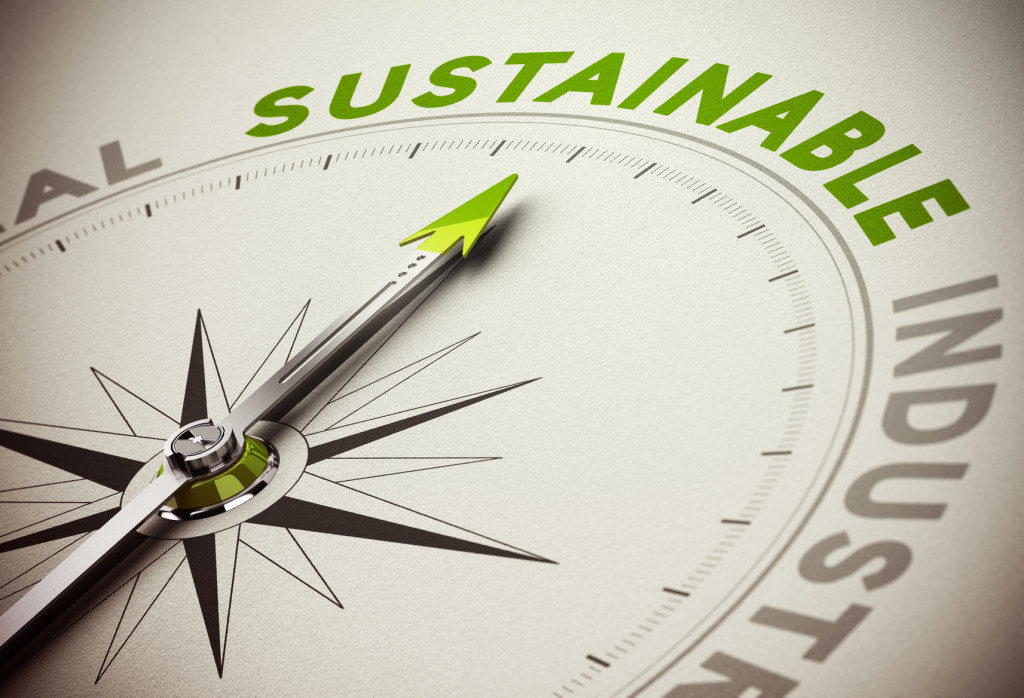Getting ready for the next cycle
Article by Rolf Schwery, PhD.
As we approach the end of the year, sustainability managers are usually busy preparing for the next cycle. As strategies and decisions are weighed, questions are asked. Should we keep the report similar to last year’s? Or shall we plan to make changes and improvements?
One thing we know with certainty before the year is even over: 2020 will be an exceptional year! The pandemic tested businesses’ coping abilities, and sustainability reporting after 2020 will not be the same as it was before.
First of all, new, pandemic-related topics have and may continue to emerge during stakeholder engagement and impact assessments. To some extent, they are part of the existing topics such as health and safety or local community impacts. But this does not show the full picture of the pandemic. The GRI Standards allow you to add your own topics, but it is better to link with the topics that we can find in one of the sector-specific disclosures (for example, emergency preparedness) or link with a concrete target from the UN Sustainable Development Goals (SDGs), such as Target 1.5 , which deals with disaster relief mechanisms.
In 2020, we have certainly observed the continuation of the trend towards including the SDGs in sustainability reporting. Already in 2019, more than 70% of companies to some extent referred to the United Nation’s 17 overarching goals. Next year, companies will have to deal more seriously with the question of how to link the report with the SDGs, to assess the positive and negative impacts of the company on key SDGs, to identify relevant targets (out of the 169 UN SDG target list) and to face the challenging exercise of identifying relevant, specific, realistic, and sensitive indicators to measure the company’s contribution to the SDGs. In 2021, the time of superficial SDG decoration of sustainability reports will be over; it is too high a risk of being called out for “SDG washing”.
Another trend that will continue in the 2020 sustainability reports will be ESG data. As investors show growing interest in sustainability-related data, which they have named ‘ESG data’, companies face the challenge to serve two masters at the same time, both investors and/or other stakeholders. We hope that more companies will start to experiment with the “double materiality” analysis, integrating relevant data for investors in the sustainability report (even if they are not material from a GRI perspective). Some companies might also start to present ESG data in a separate style and format to serve both masters.
As we move into the heart of these new developments in sustainability reporting, our own organization is encouraged by the interest we have received from companies wishing to expand their sustainability reporting portfolio; there’s no better time to start than now!


